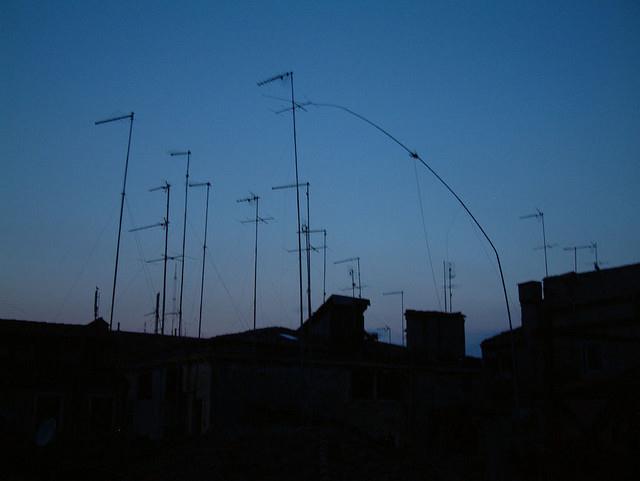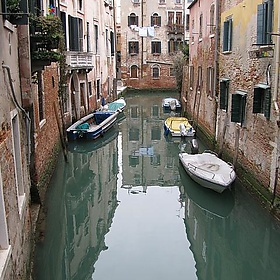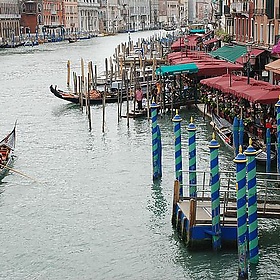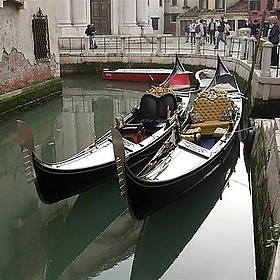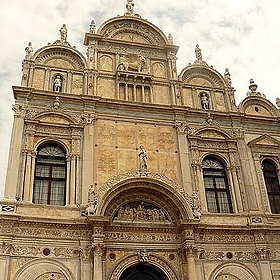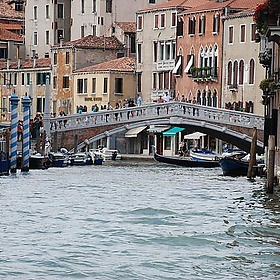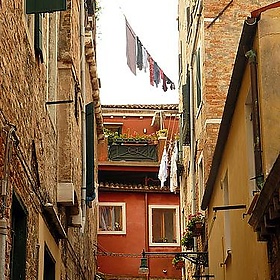Venice
Venice is derived from the ancient people of Adriatic Veneti that inhabited the region as of 10th century B.C. The city historically was the capital of the Venetian Republic. Venice has been known as the"La Dominante", "Serenissima", "Queen of the Adriatic Sea", "City of Water", "City of Masks", "City of Bridges", "The Floating City", and "City of Canals".
Luigi Barzini, Jr., writing in ''The New York Times'', described it as "undoubtedly the most beautiful city built by man". Venice has also been described by the ''Times'' as being one of Europe's most romantic cities.
The city stretches across 117 small islands in the marshy Venetian Lagoon along the Adriatic Sea in northeast Italy. The saltwater lagoon stretches along the shoreline between the mouths of the Po River (south) and the Piave River (north) Rivers.
The Republic of Venice was a major maritime power during the Middle Ages and Renaissance, and a staging area for the Crusades, as well as a very important center of commerce (especially silk, grain and spice trade) and art in the 13th century up to the end of the 17th century. This made Venice a wealthy city throughout most of its history.
It is also known for its several important artistic movements, especially the Italian Renaissance. Venice has played an important role in the history of symphonic and operatic music, and it is the birthplace of Antonio Vivaldi.
Why visit?
- Venice is home to some of the world's most famous museums and galleries, such as the Peggy Guggenheim Collection and the Gallerie dell'Accademia.
- Venice is home to some of the most unique and beautiful architecture in the world. From the iconic St. Mark's Basilica to the winding canals and bridges, Venice is a city of stunning architecture.
- A trip to Venice wouldn't be complete without a gondola ride. Enjoy the peaceful atmosphere of the canals as you glide through the city.
